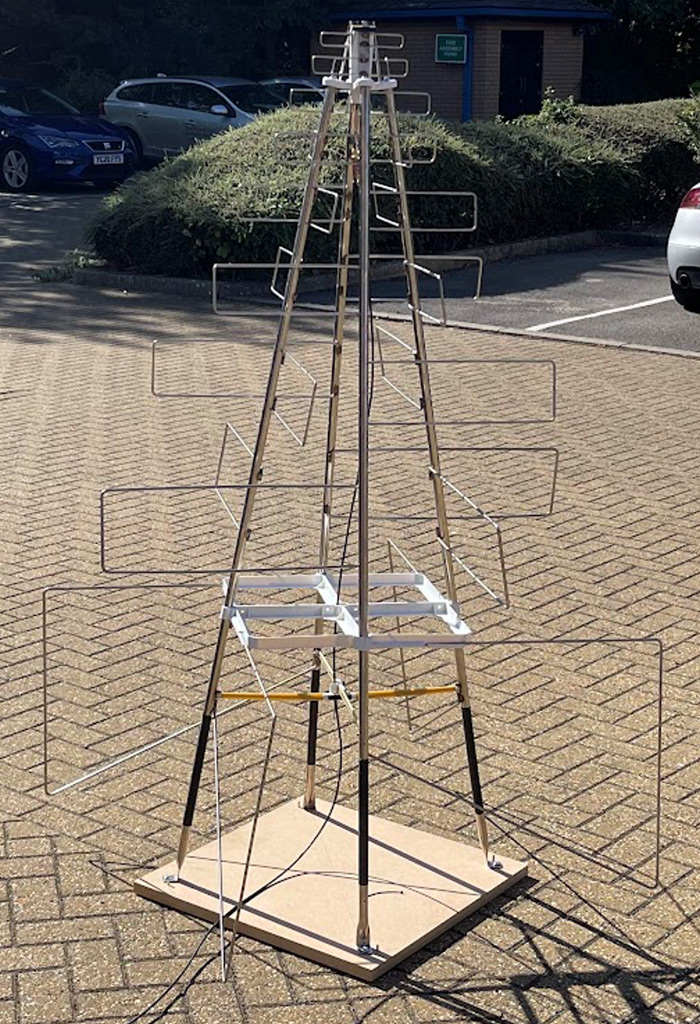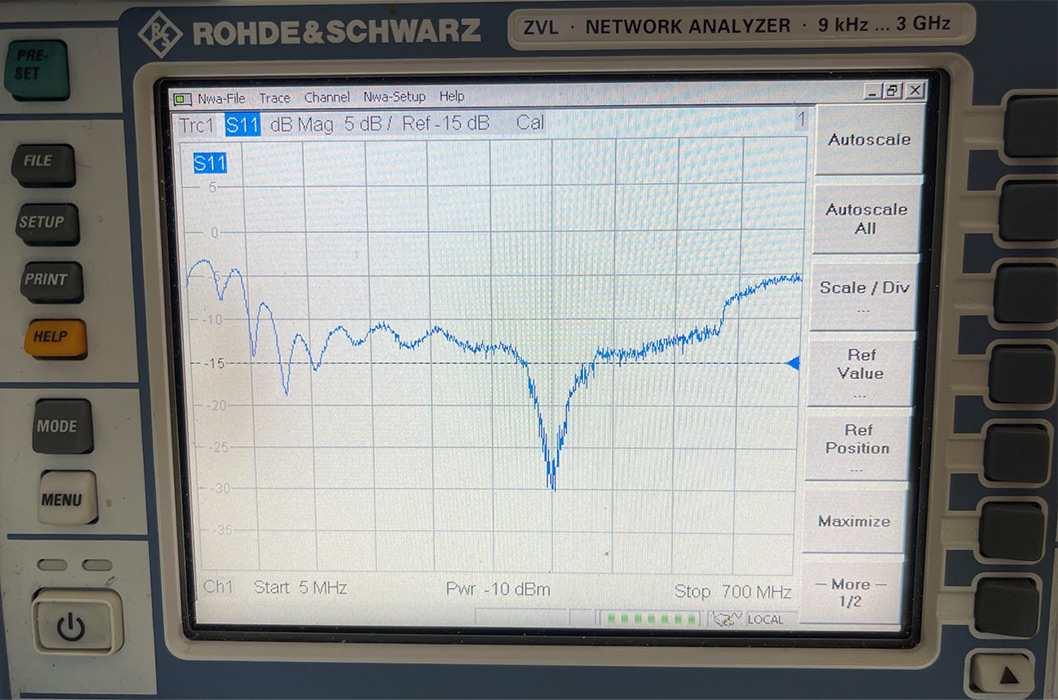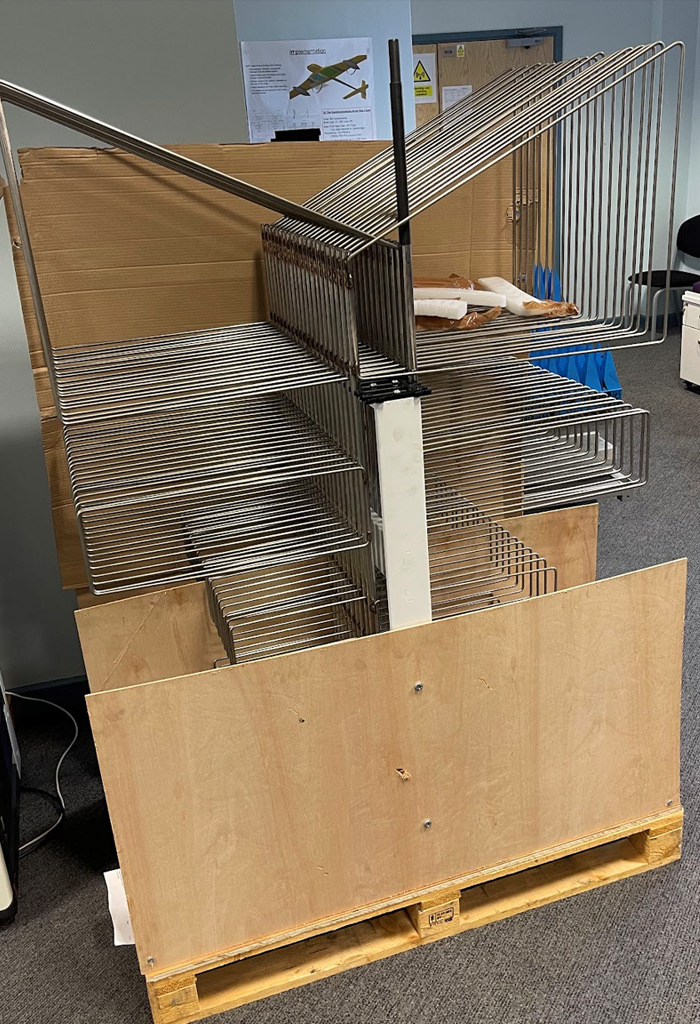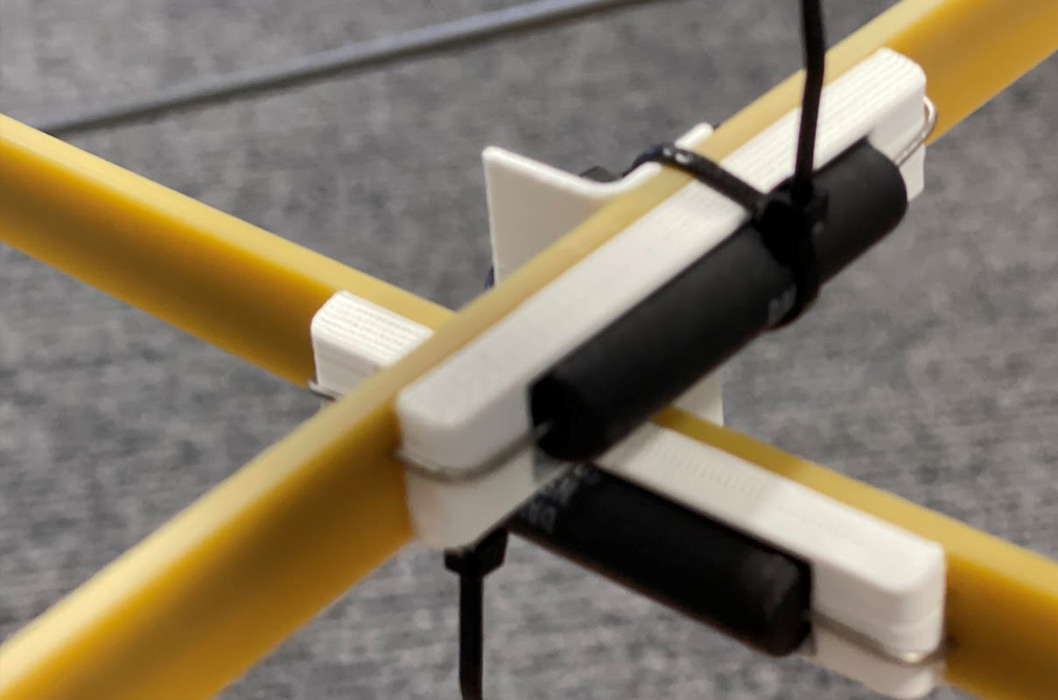Electromagnetic modelling for the University of New Hampshire’s study on the physics of lightning


The client
The University of New Hampshire (UNH) is a leading research university with a strong focus on sustainability and technology. Its Physics & Astronomy department is home to world-class educational opportunities and groundbreaking research projects covering numerous specialist areas.
The numbers
- 3 x phased array antennas
- 3 x research locations
The services
- Electromagnetic modelling
- Phased array antennas
- Product customisation
The challenge
In a project spearheaded by the Physics & Astronomy department, UNH researchers aim to study the physics of lightning.
Lightning strikes are inherently high-speed events, requiring wide range, high frequency imaging.
The project explores many things that are currently unknown about lightning, changing the level of imaging and data capture previously possible for this field of research.
By tracing signals in three dimensions and accessing experimental data, researchers want to create new electromagnetic models of lightning and compare them to the data, to ask physics questions and learn how lightning bolts form and propagate.
The approach
To gather accurate data, the research team at UNH needed technology at the forefront of innovation, including the best antennas available. This will allow them to trace images of lightning bolts and study lightning in depth.
Cambridge Electromagnetic Technology Ltd was asked to complete the electromagnetic modelling for the project, having previously worked with a key researcher taking part, Dr Frank Lind.
The research team determined our antennas were ideal for scientific application because of their frequency coverage, ability to see different polarisations of light, and precision modelling and calibration.
We provided our phased array antennas and worked closely with the University of New Hampshire to carry out a few design modifications such as modifying the antenna to extend to lower frequencies than the original design.
This new modelling allows researchers to achieve a better frequency and look at lower angles of thunderstorm clouds, while modifications to the base of the antennas make it easier to transport them to new research locations as required.


The results
The initial foundations of the project began around 4-5 years ago, with funding acquired to proceed in 2022-23.
We put together an accurate schedule and delivered the antennas on time, ensuring the research team could progress with setting up the project.
Work commenced at the University on other areas of the project, including getting the data system online for the capture and analysis of imagery. Following successful product delivery, the University of New Hampshire also accessed enough funds for two new Cambridge Electromagnetic Technology Ltd antennas. This enables the team to trace cloud formations in two additional locations – Florida and Cape Canaveral.
The University research team is now ready to begin collecting data, and we can’t wait to see the results of this groundbreaking project.
